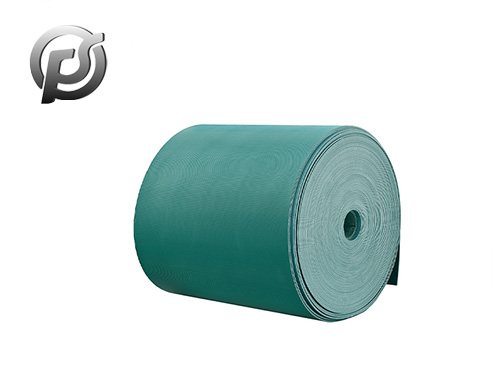(1) When it is too loose, the friction between the belt and the driving roller is not enough, which will cause the lack of sufficient friction between the belt and the driving roller, and the belt will slip. Under normal circumstances, it will lead to poor delivery, and serious skidding will produce a lot of heat, resulting in local belt temperature is too high and damaged.
(2) When it is too tight, it will cause excessive stretching of the belt, shorten the service life of the belt, increase the stress of the main, driven and tensioning rollers, affect the life of the bearing, and even lead to the fracture of various rollers.
Two, conveying belt tightness adjustment method
(1) The axis of the driving roller and the driven roller must be perpendicular to the running direction of the conveyor belt.
(2) Due to the need of positioning, the driving roller is generally fixed in the appropriate position, usually adjust the distance of the driven roller.
(3) Adjust the tension adjusting bolts on both sides of the driven roll synchronously, and properly tighten the belt to ensure that the driven roller line is perpendicular to the running direction of the belt.
 Optimizing Operations with PE Conveyor Belts: Durability, Efficiency, and Versatility
Optimizing Operations with PE Conveyor Belts: Durability, Efficiency, and Versatility
 Exploring the Efficiency and Versatility of Light Conveyor Belts
Exploring the Efficiency and Versatility of Light Conveyor Belts
 Polyester Conveyor Belts: Enhancing Efficiency and Reliability in Material Handling
Polyester Conveyor Belts: Enhancing Efficiency and Reliability in Material Handling